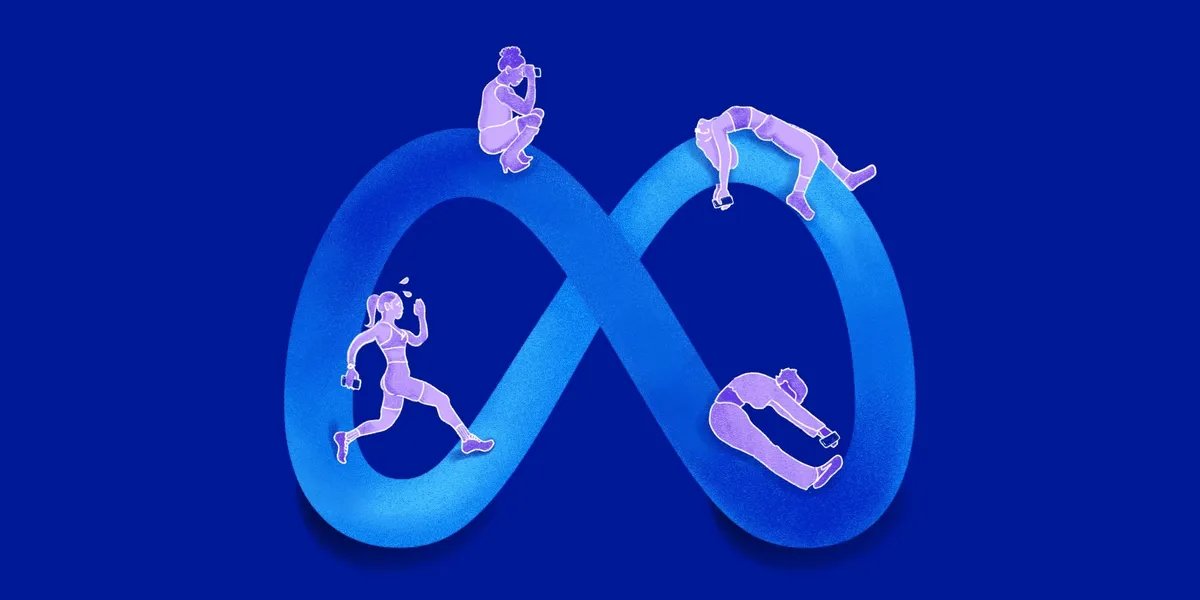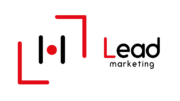Today:
Marianne Ayala/Insider
The content creators Instagram users are fed up.
"Instagram has always been my favorite platform, it was the first one I was on," says one influencerwith more than a million followers, thatHe has asked to remain anonymous so as not to damage his relationship with the platform. "But they demand so much from us that it's exhausting," he adds.
Instagram's top brass has acknowledged in recent months that to compete with rivals like TikTok and YouTube, the platform needs to come up with new ways to keep creators happy and help them make a living. To this end, since 2020, Instagram has introduced more than 10 features aimed at helping creators influencers to make money.
But there has been a big problem. The custom of the network of Starting and canceling these initiatives has made content creators feel cheated.
"I'm always cautious because Instagram changes all the time, and I don't know how long something will last. It sucks when they launch a new feature that you love, only to think it could disappear the next day," explains Yesenia Hudson, a creator with 40,000 followers.
"I have reduced my presence on Instagram because, taking into account the time invested and what I generate, it is the one that pays me the least," continues the first. influencer, which also makes money directly from other platforms like YouTube, TikTok, and even Facebook.
Instagram
Business Insider has spoken with more than a dozen influencers, as well as with other industry experts, to understand how the changes that the platform constantly makes affect the business.
Many creators They say Instagram's attempts to build a sustainable ecosystem to help them make money have left them feeling confused and fed up. Some of them are already looking for other options.
"Over the past 2 years, we've tested and released a variety of features to meet the rapidly evolving needs of creators, including the ways to monetize"As we build a monetization toolset for creators, we are constantly learning, and testing remains crucial to understanding what delivers the best experience. We will continue to do our best to make testing and feature transitions as seamless and transparent as possible," a Meta spokesperson told Meta. Business Insider.
Executives across the Meta family of apps have made it clear that they want Instagram to be seen as a place where creators can "make a living."
One of the first monetization pushes of the social network were the IGTV ads, a move to compete with the YouTube Partner Program, which pays creators a percentage of video ad revenue. It began rolling out in April 2020.
But the real avalanche of new tools for creators followed the 2020 debut of the famous Reels, the short video feature that competes with TikTok.
Between August 2020 and November 2022, Meta launched more than 10 features or programs aimed at monetizing the platform. Some of these were part of its promise to pay creators $1 billion by 2022.
In general, These tools are divided into 3 categories: whether fans, brands, or Instagram itself pay. (Most of the tools Instagram has offered fall into the first category.)
To compete with TikTok's Creator Fund, Instagram launched its own version: Bonuses. Also known as "creator incentive programs," Chosen creators are paid from a couple of euros to thousands for reaching certain milestones.
"The most important thing is that Instagram is finally realizing that creators are valuable in and of themselves," meme creator Jackson Weimer told Business Insider last year, after gaining access to Instagram's Reels views bonus.
When Meta started trying new monetization options In the last 2 years, creators like Bethany Everett-Ratcliffe, microinfluencer, were excited. Everett-Ratcliffe, who became a full-time creator in 2020, was especially interested in utilizing Instagram features like affiliates, bonuses, and brand deals.
But even at first, others were wary and questioned Instagram's commitment to the influencers"Everything is too little, too little, too late," says Patrick Janelle, a lifestyle and travel creator and founder of the talent management firm Untitled Secret. "It would have been nice if these things had happened a decade ago instead of this past year," he adds.
Screenshot/@Jera.bean/TikTok
And although Instagram launched some monetization programs in a generalized way (and typically for creators with more than 10,000 followers), not everyone has had the opportunity to participate. "Believe me, if I could access everything, I would," says Brittany Bright, a content creator with 30,000 followers and founder of the network The Influencer League.
Some tools are limited as tests to "Select" creators that Instagram staff selects and invites. Others are limited only to influencers from the United States. Reel view bonuses, for example, are not available to creators with more than one million followers.
But even though the influencers could have access, this has not translated into the programs remaining over time.
"I have trust issues with Instagram. Since they've been releasing all these different monetization options, I've seen that at first they were really good and then they've gotten worse as time went on," she says. microinfluencer Kristen Bousquet.
For example, Instagram's only ad revenue sharing program, IGTV ads, shut down earlier this year. This feature was once a "big bet" on Meta's part, according to a former employee who told Business Insider.
But creating a revenue-sharing model was difficult and became irrelevant when Instagram pivoted to short-form vertical video, much like TikTok. "Once [IGTV's ad revenue share] went away, there was no reason to do IGTV anymore," says the first influencer.
It has not been the only initiative that has come and gone.
One of the first Bonus incentives that Instagram introduced paid creators to make livestreaming and enable "Badges." It started in June 2021. Austen Tosone, a microinfluencer With 13,000 followers, he claims to have earned $750 (about €714) while having access to the Badges bonus program.
But in August 2021, Tosone no longer had access to this incentive program. Several months later, Instagram confirmed to Business Insider that had also ended its Reels Bonus for the summer, as well as its IGTV sign-up bonus. However, these few bonus programs were meant to be temporary.
Meanwhile, creators have had to adapt to the constant changes surrounding monetization, trying to figure out how much they can earn and whether it's worth it.
Beyond the incentives, which Instagram claims are designed to fluctuate, the closure of other programs has significantly hurt content creators.
Screenshots/Instagram
In June 2021, the social network began testing an affiliate program that paid creators a commission on sales through the app. With this test, some influencers, like Everett-Ratcliffe, earned several hundred dollars a month.
But a year after the start of the trial, Instagram shut it down in August (along with specific affiliate incentive programs that paid creators).
The influencers Those who relied on that income were forced to change course. And Instagram had a new option for them: the Creator Marketplace, where brands and creators can make deals.
"With Instagram, it feels like we're trapped in their experiment of trying to figure out how to keep their business alive," says Bousquet, one of the creators earning money through affiliate programs. "But it's affecting us all, because we're businesses too," he adds.
That sentiment has persisted as Instagram has continued to roll out new tools. In recent months, it has expanded Subscriptions, introduced Gifts in Reels, and added monetization tools to your NFT offeringInstagram's parent company, Meta, has promised not to take a cut of those profits until early 2024.
In October, Instagram also announced that it would begin testing a new revenue-sharing model for ads. in-feed from creator profiles, a first for the social network since it removed ads from IGTV. However, it hasn't been announced whether ad revenue sharing will come to Instagram Reels (as it does on Facebook).
Revenue-sharing models are "empowering" for creators if the platform is ad-supported, according to the former Instagram staffer, but it's also one of the "hardest" features to build.
In any case, some influencers have been receptive to continuing to test new offerings, despite numerous changes to Instagram's strategy.
"It's very important for us to adapt. Unfortunately, sometimes things are just going to change and some things are going to be taken away," says the influencer Christine Cruz.
Instagram isn't the only social platform making sweeping changes to its creator monetization tools. Last month, Snapchat reduced the amount it paid to the influencers through its Spotlight program; and just this week, Pinterest eliminated some creator payments. Other platforms, from TikTok to LinkedIn, continue to test new programs.
Despite Meta laying off more than 11,000 employees in November, including several members of Instagram's creator monetization and deals team, the platform's broader commitment to creators appears to be intact. In part, this is because Meta may need creators as much as they need Instagram.
"Without us, there is no content," says Bousquet.
While the relationship between the platform and the creator can be "exhausting," as Tosone says, she adds that she doesn't see herself "dropping Instagram anytime soon."
"Instagram has replaced business cards. It's that first impression, that community hub, that place where someone can go and in a second get an idea of 'Who is this person?'" Tosone reflects.
Managers also say thatThey understand the importance of the platform and try to inform themselves about all the changing features.
Instagram; Sydney Bradley/Insider
"Over the past year and a half, a big part of my job has been making sure I'm on top of trends, changes, and launches. If I don't stay on top of them, it's a missed opportunity for my clients to make money," says Ali Grant, founder of talent management firm Be Social.
But even as Instagram continues to test features, industry leaders seem to agree on one basic piece of advice: don't put all your eggs in one basket.
"You can't just be on Instagram and rely on it day after day. Too much is happening, and it could literally collapse tomorrow," Grant says.
Tags:
About Business Insider Spain:
International editions:







